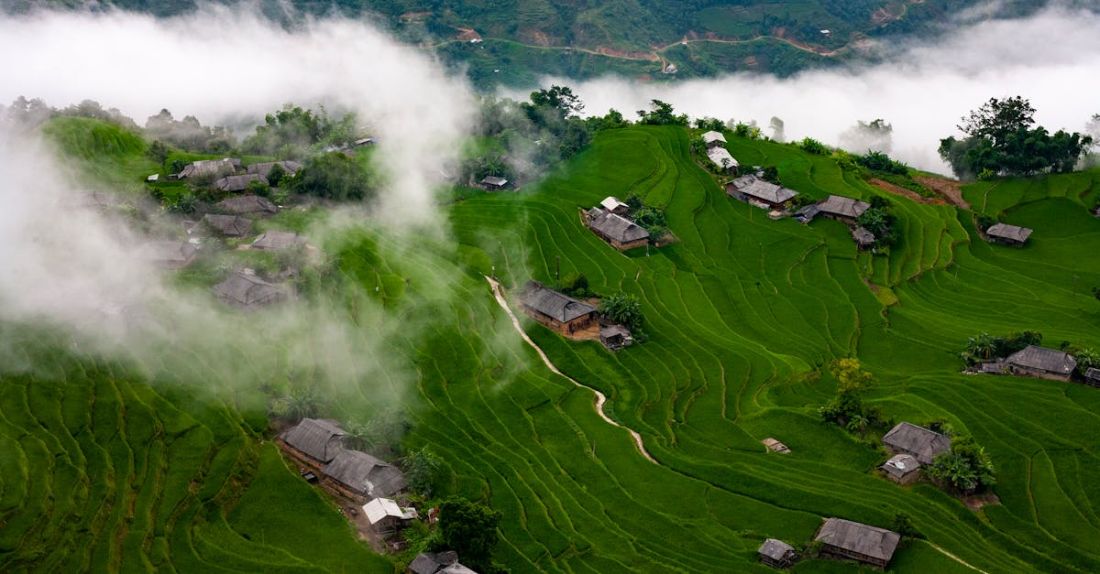
Green roofs have been gaining popularity in recent years for their numerous environmental benefits, including their significant contribution to water conservation. These innovative roofs, also known as living roofs or eco-roofs, are essentially roofs covered with vegetation, which helps to reduce stormwater runoff and improve water quality. Let’s delve into how green roofs play a crucial role in water conservation efforts.
Mitigating Stormwater Runoff
Green roofs act as natural sponges that absorb rainwater, reducing the amount of runoff that flows into storm drains and ultimately into water bodies. The plants and soil on green roofs retain water during rainfall events, releasing it gradually back into the atmosphere through evapotranspiration. By reducing the volume and velocity of stormwater runoff, green roofs help alleviate the burden on urban drainage systems, which are often overwhelmed during heavy rainfalls.
Enhancing Water Quality
In addition to reducing stormwater runoff, green roofs also play a vital role in improving water quality. When rain falls on conventional roofs, it picks up various pollutants such as heavy metals, chemicals, and debris before flowing into water bodies. In contrast, green roofs act as a natural filter, trapping pollutants and preventing them from entering storm drains. The plants on green roofs absorb some of these pollutants, while the growing medium retains others, ensuring that only clean water seeps into the drainage system.
Promoting Groundwater Recharge
Another way green roofs contribute to water conservation is by promoting groundwater recharge. In urban areas where large expanses of impermeable surfaces like concrete and asphalt prevent rainwater from infiltrating the ground, green roofs serve as a means to reintroduce water back into the water table. The vegetation and soil on green roofs help to slow down the rate of water runoff, allowing more water to percolate into the soil below. This process replenishes groundwater supplies, which are vital for sustaining ecosystems and meeting water demands.
Reducing Urban Heat Island Effect
Green roofs also help in mitigating the urban heat island effect, a phenomenon where cities experience significantly higher temperatures than surrounding rural areas due to the abundance of heat-absorbing surfaces. By providing a layer of insulation, green roofs reduce the heat absorbed and radiated by buildings, lowering energy consumption for cooling and decreasing the overall temperature in urban areas. As a result, less water is needed for irrigation and cooling purposes, contributing to water conservation efforts.
Increasing Biodiversity and Habitat
Apart from their water conservation benefits, green roofs also support biodiversity by providing habitat for insects, birds, and other wildlife in urban environments. The vegetation on green roofs attracts pollinators and birds, creating mini ecosystems that contribute to urban biodiversity. By incorporating native plant species, green roofs can further enhance habitat quality and support local wildlife populations, ultimately fostering a more sustainable urban ecosystem.
Encouraging Sustainable Urban Design
In conclusion, green roofs are a versatile solution that not only enhances the aesthetic appeal of buildings but also makes a significant contribution to water conservation efforts. By mitigating stormwater runoff, improving water quality, promoting groundwater recharge, reducing the urban heat island effect, and supporting biodiversity, green roofs exemplify sustainable urban design practices. As cities continue to face challenges related to water scarcity and climate change, the adoption of green roofs can play a crucial role in creating more resilient and environmentally friendly urban landscapes.





